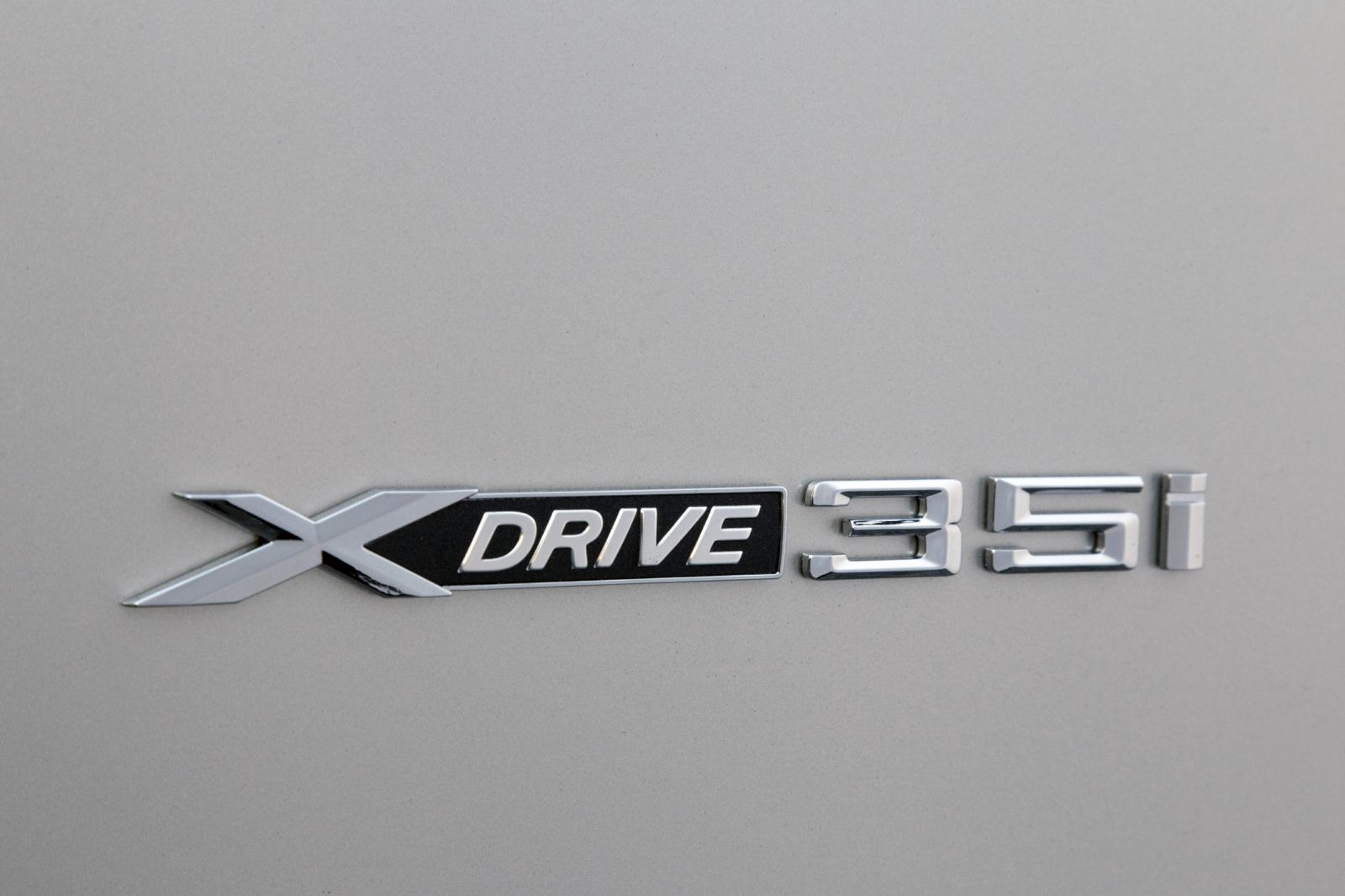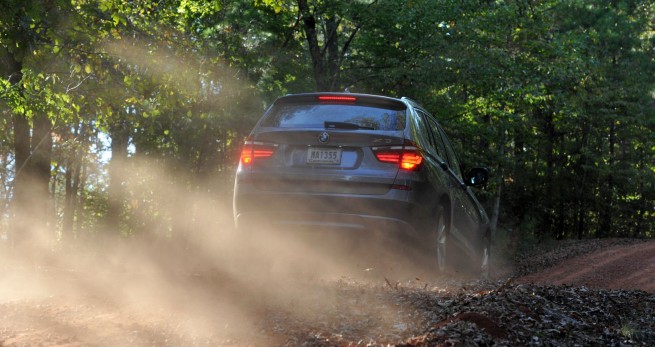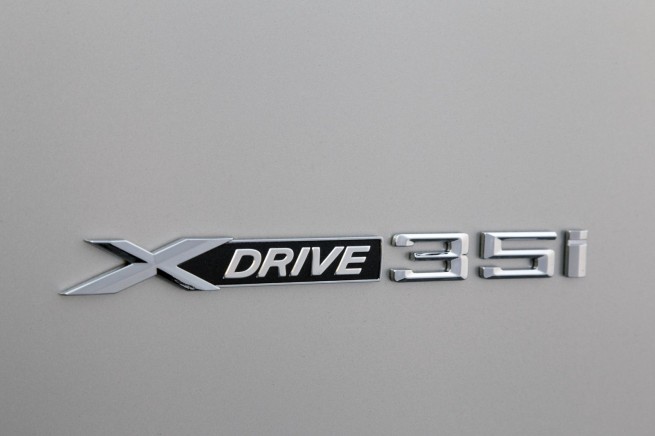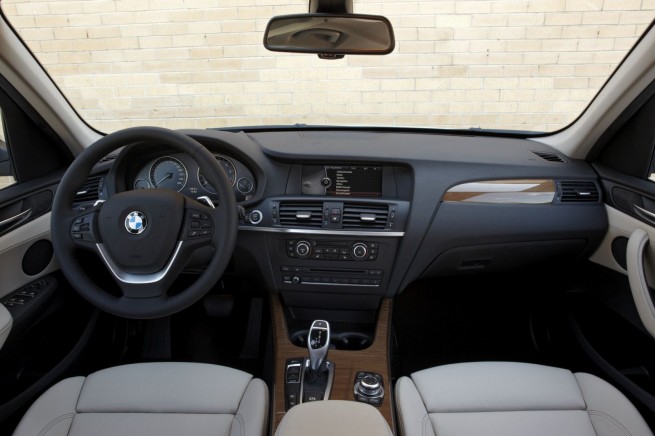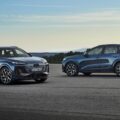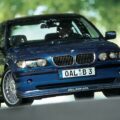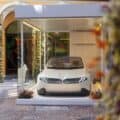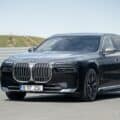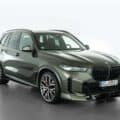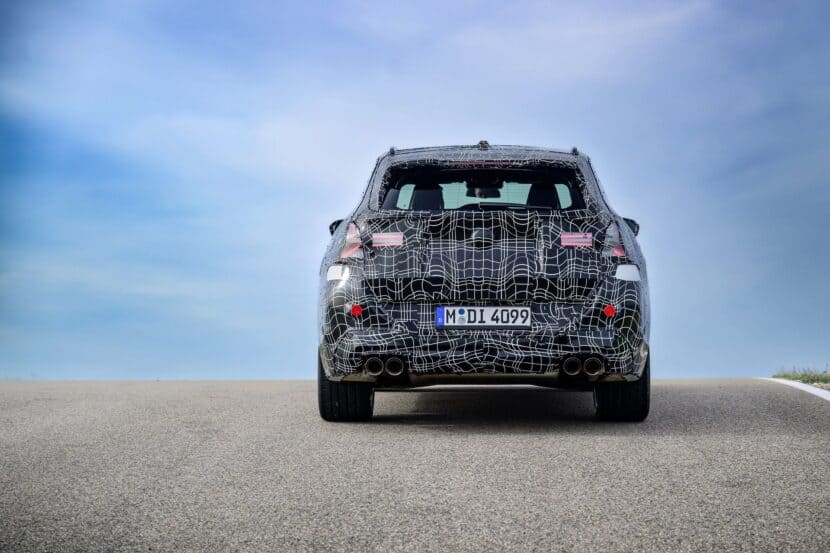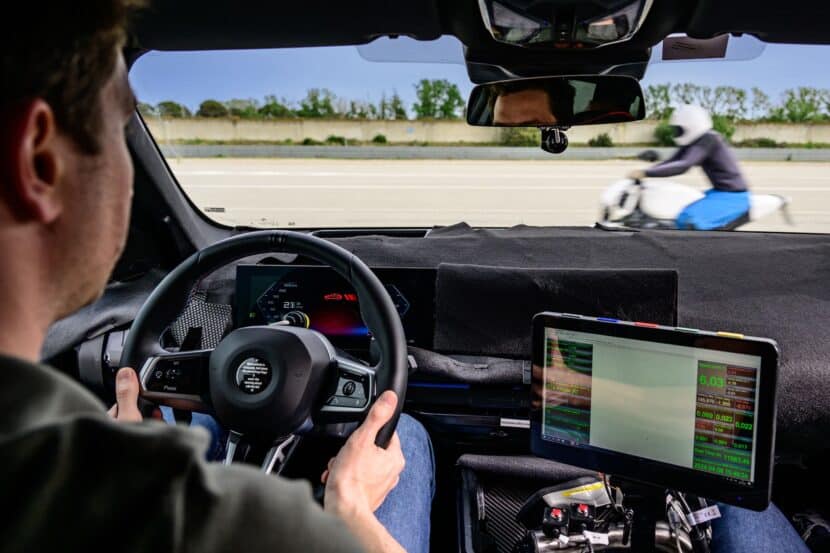This review begins with two observations. First, the best off-road vehicle I’ve ever driven was a Jeep Wrangler. Second, the worst on-road vehicle I’ve ever driven was a Jeep Wrangler. And that is the dilemma that manufacturers find themselves in when they create SUVs; which direction to tilt towards.
True off-roading requires locking diffs, no anti-sway bars, knobby tires, excess ground clearance, a real low range gear, and big approach and departure angles. And each of those features is nigh on worthless on any dry, paved road. So, as a manufacturer you can bias an SUV for an extreme or somewhere in between. I know of no combination of features that can excel at both off-road and on-road performance at the same time.
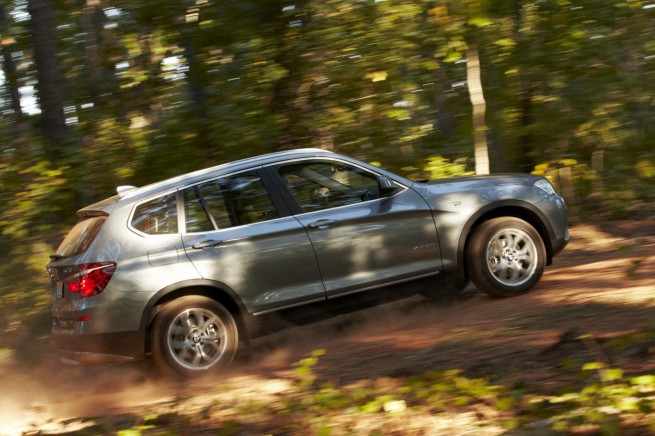 Subsequently, SUVs have always puzzled me. I know why Suburbans and their ilk are needed by ranchers, hunters, and other people that have to get lots of stuff to the remotest of locations (for example, surveyors). But they are truly out of their element on suburban residential streets and inter-urban freeways. A mini van is the best people/cargo hauler in that environment or if you really have to haul a lot of stuff, or people, or both, a Mercedes-Benz Sprinter. (If I ever find myself hankering for an RV it’ll be Sprinter based, it is one helluva good vehicle!).
Subsequently, SUVs have always puzzled me. I know why Suburbans and their ilk are needed by ranchers, hunters, and other people that have to get lots of stuff to the remotest of locations (for example, surveyors). But they are truly out of their element on suburban residential streets and inter-urban freeways. A mini van is the best people/cargo hauler in that environment or if you really have to haul a lot of stuff, or people, or both, a Mercedes-Benz Sprinter. (If I ever find myself hankering for an RV it’ll be Sprinter based, it is one helluva good vehicle!).
You have to ask why SUVs proliferated to the extent that minivans now have only a feeble whiff of their former market share. And one reason that comes up in talking to car guys is the notion that someone has convinced a generation of drivers that the world is a dangerous place, just watch local TV news if you don’t think it is. Accordingly, you’ll need a rugged, all-wheel-drive sport utility to ensure you get to the mall in one piece! (I sat through a Chrysler styling preso years ago where the Pacifica was reviewed; the words used to encapsulate their efforts were, ‘handsome protector’.) All that scary nonsense is not a good reason to buy an SUV but people still do. And since everyone is building SUVs – and making good money off of them to boot – what’s a manufacturer to do. Build their own of course.
BMW joined the parade with the BMW X5 . They followed that with a sibling, the X3, in 2004. While these are good all-weather, all-road vehicles, they certainly are biased to the on-road end of the SUV spectrum. And that’s good. In the grand scheme of things, most buyers of SUVs never take their cars off road, let alone take them on gravel roads, they might get dirty, after all.
BMW’s all wheel drive system is known as xDrive and it’s optionally available on a number of its vehicles and standard on the X3, X5, and X6. The system is biased towards the rear wheels under normal conditions and makes extensive use of data from the vehicle’s sensors – wheel speed sensors, steering angle sensor, throttle position sensor – and then
manipulates the xDrive differential and other systems (braking and engine management, for example).
The extensive use of the information being gathered by the vehicle while underway allows the xDrive system to intervene earlier when a potential loss of traction on an axle or even an individual wheel is sensed. This has been shown in a video making the rounds of the intertubes, found here. The upshot is a a vehicle that can handle bad weather and bad roads with aplomb, while still feeling good when faced with a great road and sunny weather. And that’s a good compromise.
The X3 will initially be released in xDrive 35i form in the US, using the N55B30 turbocharged in-line six, with the xDrive28i to follow. In other markets there’s a choice between the xDrive35i and the xDrive20d (a fabulous engine that we wish the US market could partake of). The eight speed automatic is a Hobson’s choice since it’s the only
transmission available. But it is a really good transmission and helps with fuel economy given its additional gear ratios.
The exterior styling is a step up from the previous X3 with a muscular stance and really crisp details on the front and rear of the car. The surface sculpting on the sides is very good and shows the skill of the designers and production engineers. And I appreciate that BMW hasn’t succumbed to the fad of pinching the hight of the greenhouse, as other
manufacturers have (Hummer H3 for example).
Interior styling is more than a step up from the previous X3. This is a vary good looking interior with decent fit, finish, and feel. It has all of the appropriate BMW cues, fonts, gauge placement, and center IP stack, but remains, on the whole, unique. The interior space is commodious for five, the back seat passengers aren’t an afterthought at all. Rear seat heaters (in the outboard positions) and a 40:20:40 split rear seat are part of the cold weather package. A panoramic sun-roof is optional or part of the premium package.
We’ve already given our driving impressions of the X3, but let’s put them in context here. Compared to similar vehicles this is the driver’s SUV of the bunch. The dynamics are best in class and styling, materials, fit, and finish are representative of what people expect from a BMW. That said I’d take a 3er Touring over the X3, but I’d take an X3 over a 535i GT.
So BMW knows how the X3 will be used and has optimized it for the environment it will find itself in. If you want to hit Moab or the Rubicon, try the Wrangler. If you need the assurance that in spite of weather or road surface you can get to your destination, the BMW X3 is worth a look. One final observation regarding the usefulness of a vehicle biased towards off-roading, “four wheel drive will get you stuck in places you can’t get to in another vehicle.”


